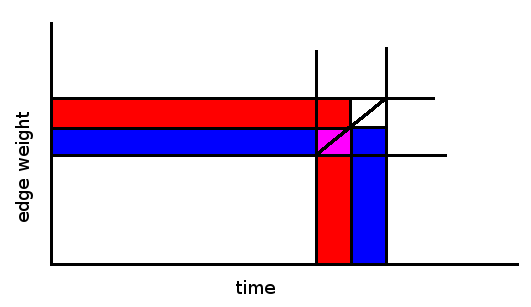Hi Codeforces! I am a member of the reasoning team at OpenAI. We are especially excited to see your interest in the OpenAI o1 model launch, many of us being Codeforces users ourselves (chenmark, meret, qwerty787788, among others). Given the curiosity around the IOI results, we wanted to share the submissions that scored 362.14—above the gold medal threshold—from the research blog post with you. These were the highest scoring among 10,000 submissions, so still a ways to go until top human performance, but we aspire to be there one day.
The following C++ programs (including comments!) are written entirely by the model. Special thanks to PavelKunyavskiy for maintaining the IOI mirror, which we used to check our scores. We hope you enjoy taking a look!
nile (100/100)
- Submission (100/100)
message (79.64/100)
- Submission (79.64/100; subtask 1 and partial credit on subtask 2)
tree (30/100)
- Submission 1 (17/100; subtasks 1 and 4)
- Submission 2 (13/100; subtask 2)
hieroglyphs (44/100)
- Submission 1 (34/100; subtasks 1, 2, and 4)
- Submission 2 (10/100; subtask 3)
mosaic (37/100)
- Submission 1 (22/100; subtasks 1, 2, and 4)
- Submission 2 (20/100; subtasks 1, 3, and 5)
sphinx (71.5/100)
- Submission 1 (50/100; 50% partial credit on all subtasks)
- Submission 2 (43/100; subtasks 1, 2, and 3)
Lastly, we hope you find the new model magical and delightful—we can’t wait to hear about the amazing things you’ll build with it. (But please don’t use it to cheat on Codeforces!)









 .
.  . We divide-and-conquer with respect to time by recursively solving subproblems of the form "Find all answers from time
. We divide-and-conquer with respect to time by recursively solving subproblems of the form "Find all answers from time  levels, edges appear a total of
levels, edges appear a total of  times. We process them in
times. We process them in  per edge, thus we have the desired complexity of
per edge, thus we have the desired complexity of 
 nodes covering this range. Thus we know when to add edge
nodes covering this range. Thus we know when to add edge 
